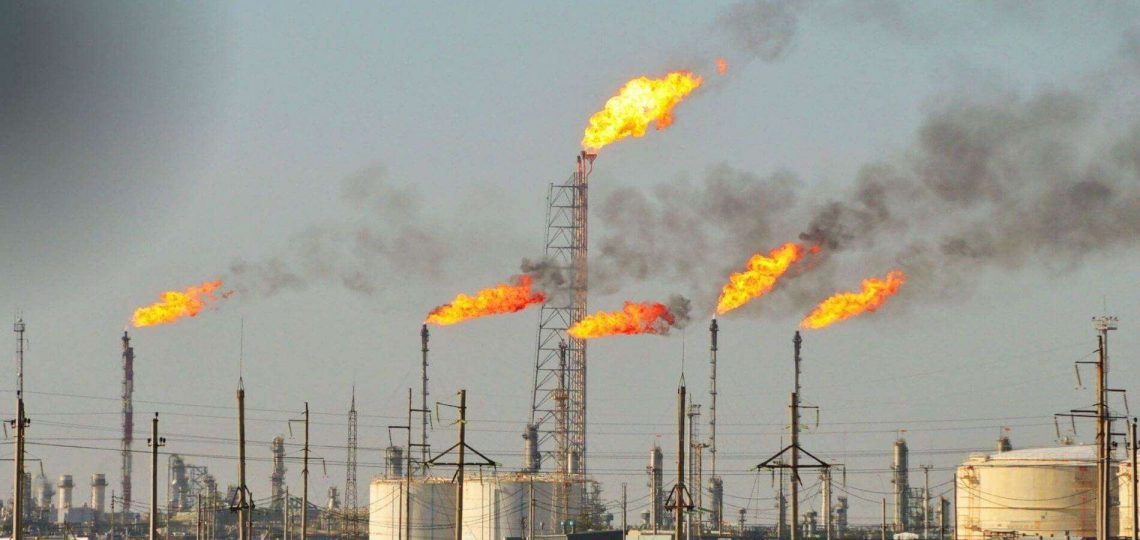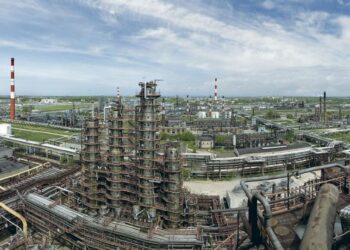Natural gas flaring, which involves burning excess gas from oil and gas wells, releases five times more methane, a potent greenhouse gas, than previously estimated, according to a study published Thursday in Science.
As a result, the practice has a much greater impact on climate change, with the potential for warming between the reported and actual flaring of natural gas across the United States equivalent to introducing an additional 2.9 million cars each year, says the
scientific document.
A research team led by Genevieve Plant at the University of Michigan collected air samples from two sedimentary basins located in Texas, the Permian Basin and the Eagle Ford Shale, and around the Bakken Formation – a geological formation rich in oil and gas – straddling the states of North Dakota and Montana.
These areas alone account for 80% of U.S. natural gas flaring activity.
“We used a small plane equipped with extremely sensitive probes that measure the concentration of methane and carbon dioxide downwind of the flares,” the research director told AFP.
“During this aerial study, we collected approximately 300 separate air samples from flare columns in areas that rely most heavily on natural gas flaring in the United States.”
The fossil fuel industry and the U.S. government assume that constantly burning flares destroy methane, the main component of natural gas, with 98% efficiency.
However, the study contradicts this rate and establishes it at 91.1%, i.e. methane emissions in the United States five times higher than the officially published data.
– Impact on health –
When Genevieve Plant’s research team looked further into these numbers, they realized that while most flares were operating at 98% efficiency, other flare columns showing signs of wear and tear were operating at 60% efficiency, not to mention the 3-5% of flares that were extinguished and emitting unburned gas into the atmosphere.
Gas flaring is essentially a loss-making activity since the natural gas flared is not associated with any productive process.
The World Bank estimates that with the gas flared each year – 144 billion cubic meters – it would be possible to supply all of sub-Saharan Africa with energy.
Plant says there are several ways to mitigate the effects of this method. These include reducing the volume of flaring activity, increasing the efficiency of flares, and storing and reusing the gas to power other equipment.
In a paper attached to the study, two authors, Riley Duren and Deborah Gordon, explain that the gas flaring activity is having a negative impact on the health of the half million people who live within a 3-mile radius of the three affected basins.
“Unfired and partially combusted flares may expose frontline populations to a mixture of associated pollutants that pose risks of acute and/or chronic health effects,” the authors explained.
Methane is a potent greenhouse gas, with more than 80 times the global warming power of carbon dioxide in the first 20 years of its entry into the atmosphere, although carbon dioxide has a longer lasting influence.
This is why more than 120 countries have signed a global agreement, the Global Methane Pledge, to reduce emissions by 30% by 2030.






